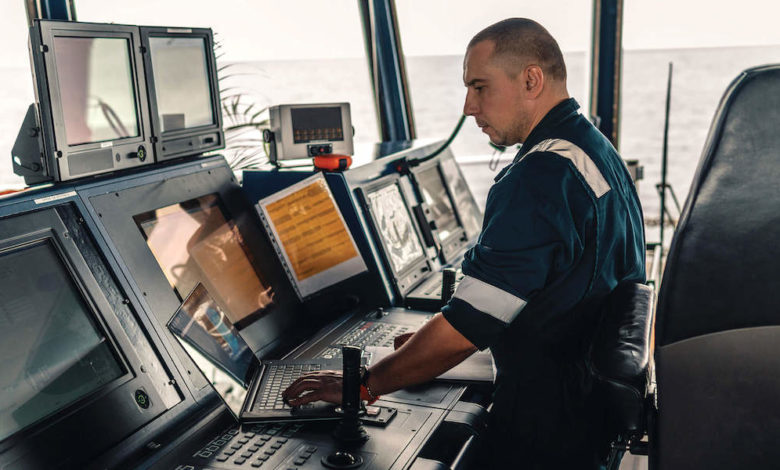Mind the gap: maritime digitalisation in the next decade and beyond

Vessel operators can enjoy bandwidth when and where they need it, but digitalisation will stretch communications capacity like never before, writes Tore Morten Olsen, the president of Marlink.
Digitalisation is driving demand for satellite bandwidth like never before as users who have long depended on remote mobility services are joined by new players needing to use sophisticated applications across multiple sites.
Supply of bandwidth is under pressure just when launches of new constellations of Low Earth Orbit satellites are creating the perception that the maritime market is about to be flooded with fresh capacity.
This new capacity will be welcome in meeting future demands but it does not exist as yet – it is current operators that are providing the fresh capacity at present. New satellites are not by themselves a complete answer – they need to be integrated into a hybrid network designed for optimal performance to the niche markets we serve.
Supply of bandwidth is under pressure
So what’s behind the significant increase in demand for network capacity?
No conversation about supply and demand can ignore the pandemic. Covid changed bandwidth usage patterns for all kinds of workers and for remote mobile users in harsh environments it was no different.
A secondary effect has been that the supply chain issues affecting the global economy have also impacted maritime satellite. With technicians unable to make ship visits and perform upgrades and installations due to restrictions in port visits the volume of remote operations has taken an increasing share of bandwidth.
The pandemic accelerated the adoption of digitalisation among shipowners and managers. Increased data capture and analytics helps vessels to operate more efficiently and economically, but also from an environmental perspective. More cloud-based applications are finding their way into the IT infrastructure of maritime customers.
This requires more data transfer in a secure and reliable way, and drives demand for bandwidth. A generalised increase in bandwidth demand we observed before the pandemic, has seen throughput on our network double every two years as more customers and assets were added. This has required us to become increasingly agile at curating the bandwidth that customers need across multiple networks, orbits, bands and channels.
Set against rise in demand, new ‘non-geostationary’ LEO constellations arouse a lot of interest, but global services available to maritime users are still some distance from commercial availability.
Marlink has recently signed a series of agreements to add capacity to our network now and in the future. These include new partners like OneWeb and existing ones, including SES and Eutelsat to deliver enhanced coverage across market sectors.
New satellite capacity joining the available fleet is an exciting prospect but it is important to understand what these networks were designed to do and how that fits in the maritime sector.
This is not a question of turning a tap and turning it further when demand increases. The trends in bandwidth consumption mean that ship operators need to clearly understand their requirements – now and in the future and plan their investments accordingly.
Current arrangements may need to be upgraded to achieve the energy efficiency and voyage optimisation goals that fleets will need to meet in the next decade. This is also important because shipowners’ hardware investments should reflect current and existing needs when deciding the future proof solution for their unique requirements.
Meeting the user demands of mobility requires a network built to meet the specific requirements of each customer, considering the level of service, applications and location of their operations.
This is not about the user of tomorrow; vessel operators need an array of digital tools to achieve next-level efficiency gains and a completely different level of collaboration and data transfer and the networks are available to support them now.
This philosophically shifts the approach to constructing networks away from specifying a throughput number towards understanding what the owner needs to achieve and how to optimise the available services to meet that requirement.
A hybrid network combining constellations, orbits, frequency bands and channels is the only way to achieve a truly optimised network solution. Some of this connectivity comes into play only when needed but this is not ‘back up’, it is about providing the network as a service, on-demand, at guaranteed performance levels.
Creating this ’network as a service’ is about more than just new satellites, it’s the provision of guaranteed bandwidth, brought together in a package that reflects the importance of the data to the user taking throughput, latency and applications into account. Meeting that demand takes more than best effort, it means bringing the elements together in the most efficient way – and continuing to respond as demand grows in future.
